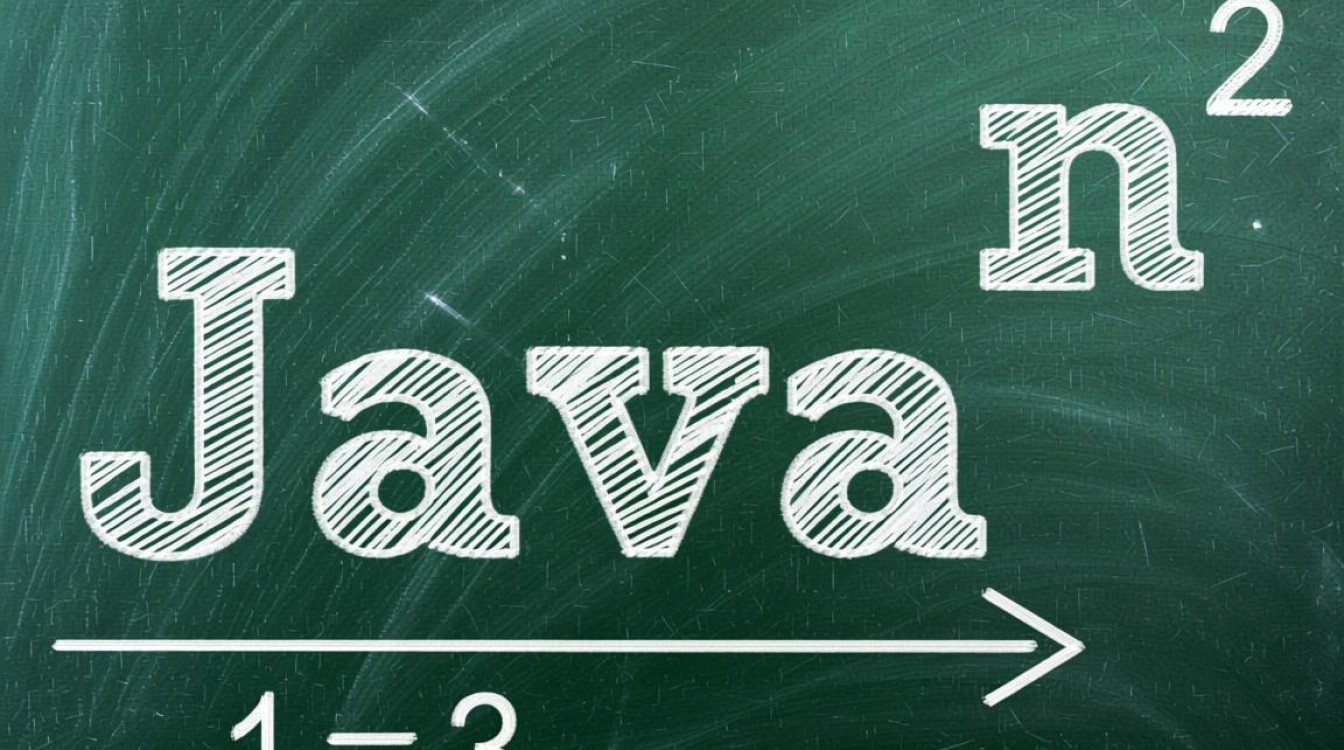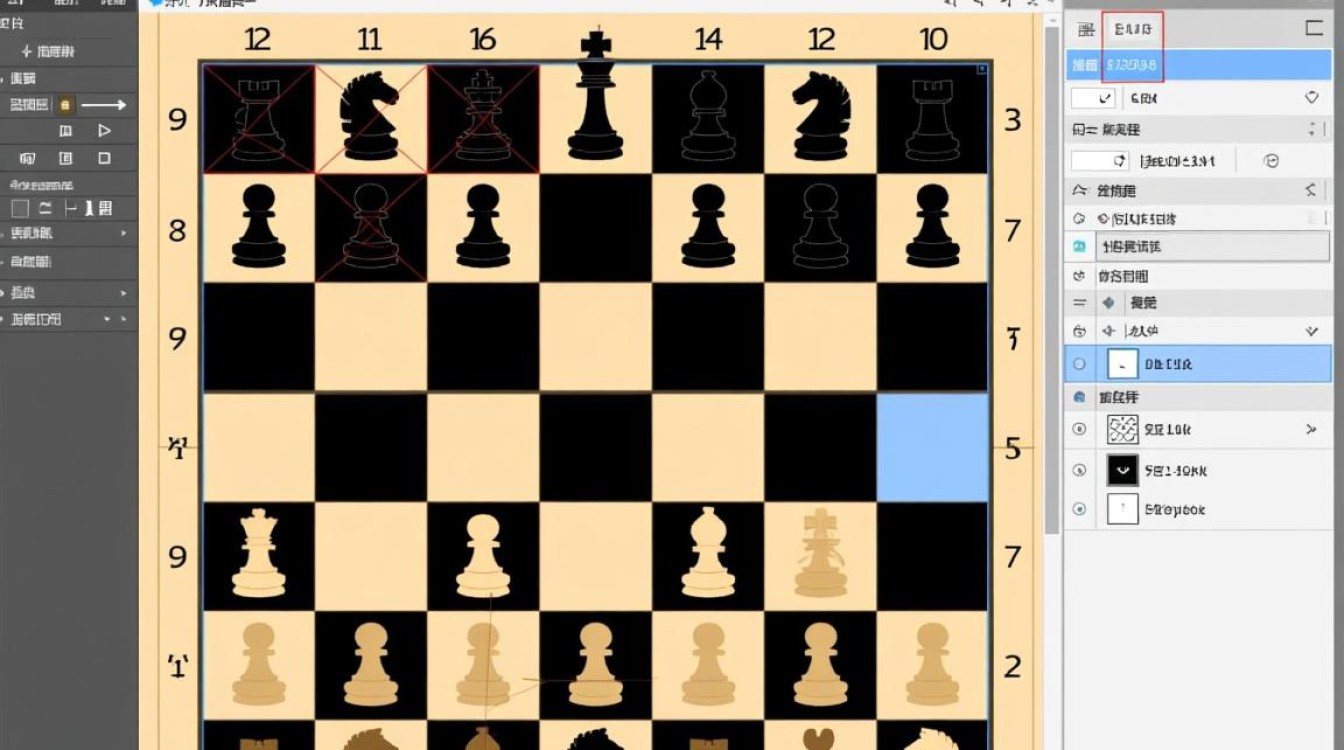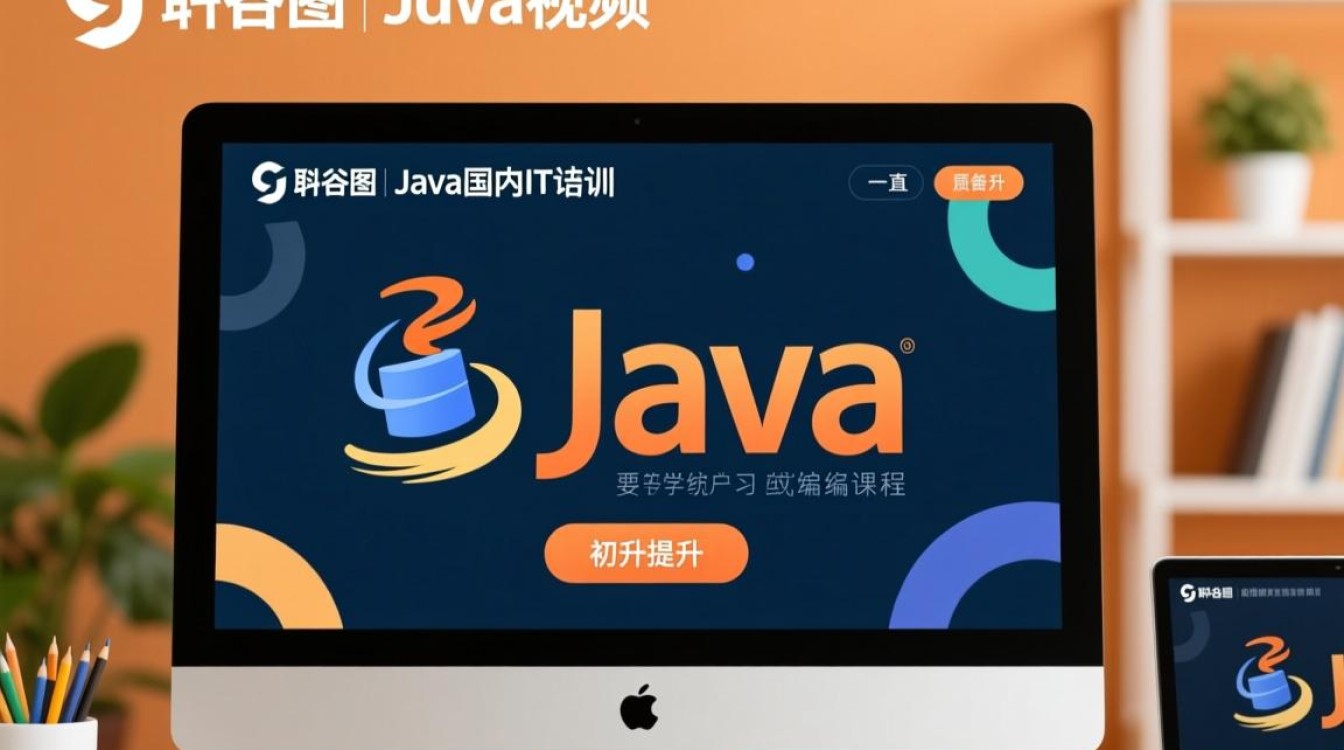Java文件读写的实现方法
在Java中,文件的读写操作是常见的IO操作之一,广泛应用于数据持久化、日志记录、配置文件处理等场景,Java提供了多种文件读写方式,包括基于字节流(InputStream/OutputStream)和字符流(Reader/Writer)的操作,以及NIO(New I/O)框架的高效处理,本文将详细介绍Java中文件读写的实现方法,涵盖基础流操作、缓冲流处理、NIO特性以及异常处理等关键内容。
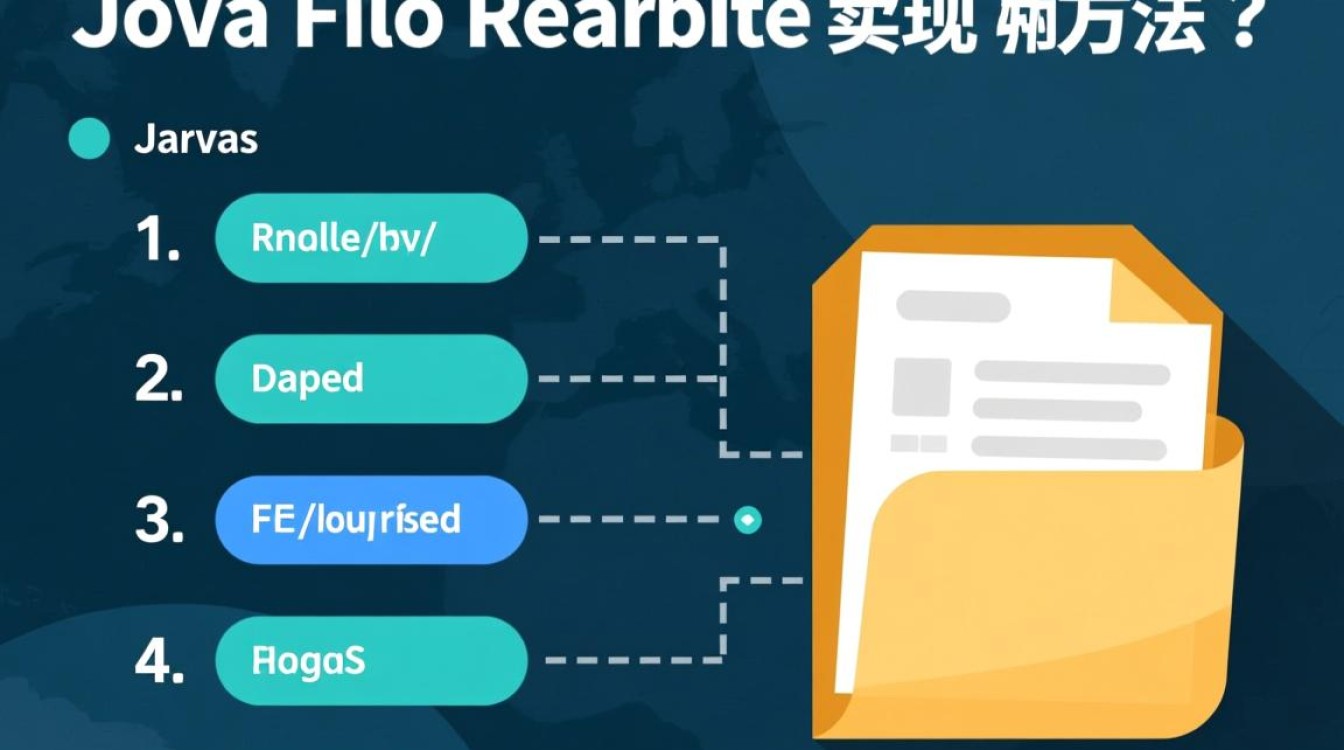
基于字节流的文件读写
字节流是处理二进制数据的基础,适用于图片、音频、视频等非文本文件,Java的InputStream和OutputStream是字节流的顶层抽象类,具体实现类如FileInputStream和FileOutputStream常用于文件操作。
文件写入
使用FileOutputStream将字节数据写入文件,以下示例演示了如何将字符串转换为字节数组并写入文件:
import java.io.FileOutputStream;
import java.io.IOException;
public class FileWriteExample {
public static void main(String[] args) {
String content = "Hello, Java File Write!";
try (FileOutputStream fos = new FileOutputStream("example.txt")) {
fos.write(content.getBytes());
System.out.println("文件写入成功!");
} catch (IOException e) {
System.err.println("写入文件时出错: " + e.getMessage());
}
}
}
上述代码中,try-with-resources语句确保FileOutputStream在操作完成后自动关闭,避免资源泄漏。
文件读取
使用FileInputStream从文件中读取字节数据,以下示例展示了如何读取文件内容并输出到控制台:
import java.io.FileInputStream;
import java.io.IOException;
public class FileReadExample {
public static void main(String[] args) {
try (FileInputStream fis = new FileInputStream("example.txt")) {
byte[] buffer = new byte[1024];
int bytesRead;
while ((bytesRead = fis.read(buffer)) != -1) {
System.out.write(buffer, 0, bytesRead);
}
} catch (IOException e) {
System.err.println("读取文件时出错: " + e.getMessage());
}
}
}
read()方法返回读取的字节数,若到达文件末尾则返回-1。
基于字符流的文件读写
字符流适用于文本文件处理,直接以字符为单位读写数据,避免字节与字符编码转换的问题。Reader和Writer是字符流的顶层抽象类,FileReader和FileWriter是其常用实现类。
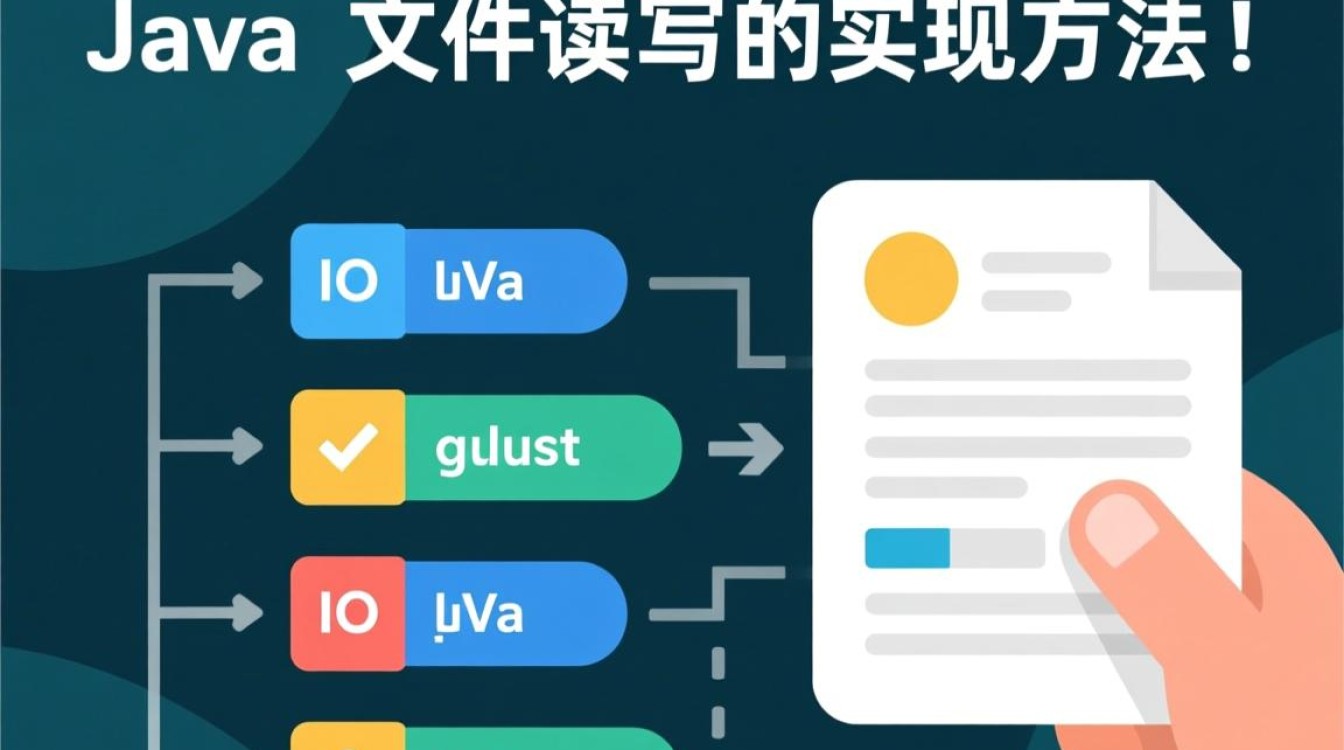
文件写入
使用FileWriter将字符串写入文本文件:
import java.io.FileWriter;
import java.io.IOException;
public class CharWriteExample {
public static void main(String[] args) {
String content = "Hello, Java Character Write!";
try (FileWriter fw = new FileWriter("char_example.txt")) {
fw.write(content);
System.out.println("字符写入成功!");
} catch (IOException e) {
System.err.println("写入文件时出错: " + e.getMessage());
}
}
}
文件读取
使用FileReader读取文本文件内容:
import java.io.FileReader;
import java.io.IOException;
public class CharReadExample {
public static void main(String[] args) {
try (FileReader fr = new FileReader("char_example.txt")) {
int charRead;
while ((charRead = fr.read()) != -1) {
System.out.print((char) charRead);
}
} catch (IOException e) {
System.err.println("读取文件时出错: " + e.getMessage());
}
}
}
缓冲流优化读写性能
缓冲流(BufferedInputStream、BufferedOutputStream、BufferedReader、BufferedWriter)通过减少IO次数提高读写效率,以下示例展示使用缓冲流读写文件:
import java.io.*;
public class BufferedReadWriteExample {
public static void main(String[] args) {
// 缓冲写入
try (BufferedWriter bw = new BufferedWriter(new FileWriter("buffered.txt"))) {
bw.write("This is a buffered write example.");
bw.newLine(); // 换行
bw.write("Buffered stream improves performance.");
} catch (IOException e) {
System.err.println("写入文件时出错: " + e.getMessage());
}
// 缓冲读取
try (BufferedReader br = new BufferedReader(new FileReader("buffered.txt"))) {
String line;
while ((line = br.readLine()) != -1) {
System.out.println(line);
}
} catch (IOException e) {
System.err.println("读取文件时出错: " + e.getMessage());
}
}
}
缓冲流内部维护缓冲区,减少直接磁盘IO操作,显著提升大文件读写效率。
NIO实现高效文件读写
Java NIO(New I/O)提供了基于通道(Channel)和缓冲区(Buffer)的IO模型,支持非阻塞IO和更高效的文件操作。Files和Paths类是NIO中文件操作的核心API。
使用Files类写入文件
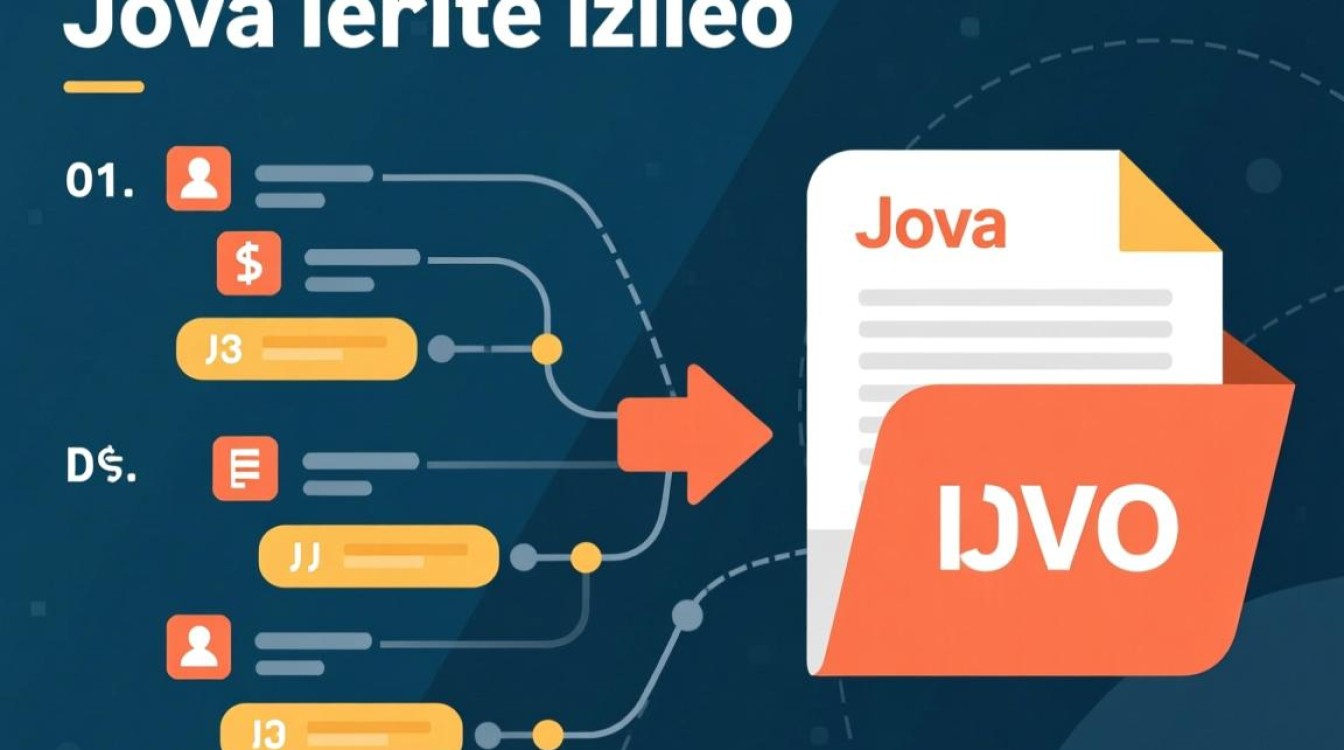
import java.io.IOException;
import java.nio.file.Files;
import java.nio.file.Path;
import java.nio.file.Paths;
public class NioWriteExample {
public static void main(String[] args) {
Path path = Paths.get("nio_example.txt");
String content = "Hello, Java NIO!";
try {
Files.write(path, content.getBytes());
System.out.println("NIO写入成功!");
} catch (IOException e) {
System.err.println("写入文件时出错: " + e.getMessage());
}
}
}
使用Files类读取文件
import java.io.IOException;
import java.nio.file.Files;
import java.nio.file.Path;
import java.nio.file.Paths;
public class NioReadExample {
public static void main(String[] args) {
Path path = Paths.get("nio_example.txt");
try {
String content = new String(Files.readAllBytes(path));
System.out.println("文件内容: " + content);
} catch (IOException e) {
System.err.println("读取文件时出错: " + e.getMessage());
}
}
}
NIO还支持FileChannel实现更高效的文件拷贝:
import java.io.IOException;
import java.nio.channels.FileChannel;
import java.nio.file.Path;
import java.nio.file.Paths;
import java.nio.file.StandardOpenOption;
public class FileCopyExample {
public static void main(String[] args) {
Path source = Paths.get("source.txt");
Path target = Paths.get("target.txt");
try (FileChannel inChannel = FileChannel.open(source, StandardOpenOption.READ);
FileChannel outChannel = FileChannel.open(target, StandardOpenOption.CREATE, StandardOpenOption.WRITE)) {
outChannel.transferFrom(inChannel, 0, inChannel.size());
System.out.println("文件拷贝成功!");
} catch (IOException e) {
System.err.println("拷贝文件时出错: " + e.getMessage());
}
}
}
异常处理与最佳实践
文件操作中,异常处理至关重要,常见的IO异常包括FileNotFoundException、IOException等,需通过try-catch或try-with-resources确保资源释放。
最佳实践:
- 使用
try-with-resources自动关闭流,避免资源泄漏。 - 根据文件类型选择字节流或字符流,文本文件优先使用字符流。
- 大文件操作时使用缓冲流或NIO提高性能。
- 处理编码问题时,显式指定字符集(如
StandardCharsets.UTF_8)。
Java文件读写提供了丰富的API支持,从基础的字节流、字符流到高效的NIO框架,开发者可根据场景选择合适的方式,掌握流的使用、缓冲机制和NIO特性,能够显著提升文件操作的效率和可靠性,在实际开发中,需结合异常处理和资源管理,确保代码的健壮性和可维护性。
